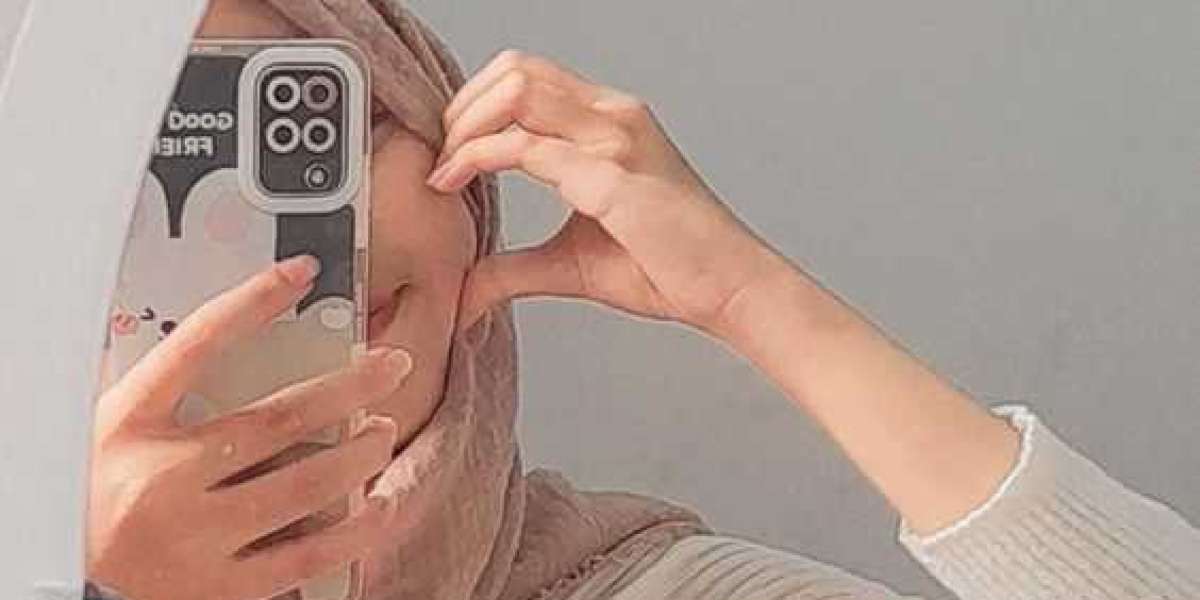Introduction
Embroidery has evolved significantly with the advancement of technology. One of the most crucial aspects of modern embroidery is digitization, which allows intricate designs to be stitched flawlessly onto fabric. Professional embroidery digitizers play a pivotal role in ensuring that designs are accurately converted into stitch files that embroidery machines can read. This article explores the role of embroidery digitizers, their skills, and why hiring a professional is essential for achieving high-quality embroidery results.
What is Embroidery Digitization?
Embroidery digitization is the process of converting artwork, logos, or images into a digital embroidery file that an embroidery machine can read. This transformation requires specialized software and expert skills to ensure accuracy and quality in the final stitched product.
Key Elements of Embroidery Digitization
- Vector Conversion - Artwork is first converted into a vector format to maintain quality.
- Stitch Type Selection - Different stitch types (satin, fill, run) are chosen based on design complexity.
- Pathing and Sequencing - Ensuring the embroidery machine stitches the design efficiently.
- Underlay Stitches - Used to stabilize the fabric and enhance final stitch appearance.
Who Are Professional Embroidery Digitizers?
Professional embroidery digitizers are skilled individuals who specialize in transforming artwork into digitized embroidery files. They use advanced embroidery software like Wilcom, Hatch, and Brother PE-Design to create precise stitch patterns that maintain design integrity.
Skills Required for a Professional Embroidery Digitizer
- Understanding of Fabric Types - Different fabrics require different stitch techniques.
- Mastery of Digitizing Software - Proficiency in tools like Wilcom, Embird, or Pulse.
- Attention to Detail - Ensuring accuracy in stitch placement and density.
- Creativity - Adjusting designs to maintain aesthetic appeal in embroidery form.
Why You Need a Professional Embroidery Digitizer
Hiring a professional embroidery digitizer ensures that your designs are accurately translated into embroidery-friendly formats. Here’s why you should consider one:
1. High-Quality Embroidery Results
A skilled digitizer ensures smooth, crisp, and professional-looking embroidery, minimizing thread breaks and inconsistencies.
2. Time and Cost Efficiency
Professionally digitized files reduce machine errors, leading to faster production and less wasted material.
3. Customization and Flexibility
Professionals can adapt designs for various fabrics, sizes, and stitch types, ensuring versatility in application.
The Process of Embroidery Digitization
Professional embroidery digitization involves several steps to ensure a flawless design. Below is an overview of the process:
Step 1: Artwork Preparation
The original design is analyzed to determine its feasibility for embroidery. Colors, details, and complexity are assessed.
Step 2: Choosing Stitch Types
Digitizers decide which stitch types will best represent different design elements, ensuring an optimal balance between aesthetics and function.
Step 3: Creating a Stitch Path
This step determines the stitch order and direction, ensuring smooth transitions and minimizing thread jumps.
Step 4: Adding Underlay Stitches
Underlay stitches provide stability to prevent fabric distortion during embroidery.
Step 5: Testing the Design
A sample run is performed to identify and fix any issues before full-scale production.
Common Mistakes in Embroidery Digitization
Even experienced digitizers can encounter challenges. Here are some common mistakes and how professionals avoid them:
1. Incorrect Stitch Density
- Problem: Too dense stitches can cause puckering, while too loose stitches can appear unfinished.
- Solution: Professionals adjust density based on fabric type and design size.
2. Poor Pathing
- Problem: Inefficient stitch sequencing can cause excessive thread jumps and trims.
- Solution: A digitizer optimizes the path for smoother execution.
3. Ignoring Fabric Type
- Problem: Not considering fabric properties can lead to distortion.
- Solution: Digitizers modify stitch settings according to fabric characteristics.
How to Choose the Right Embroidery Digitizer
When selecting a professional embroidery digitizer, consider the following factors:
1. Experience and Portfolio
- Review their previous work to gauge skill level and style adaptability.
2. Software Proficiency
- Ensure they use industry-leading embroidery software for the best results.
3. Turnaround Time
- Choose a digitizer who can meet your deadlines without compromising quality.
4. Customer Reviews
- Look for testimonials and reviews to assess reliability and service quality.
Top Software Used by Professional Embroidery Digitizers
Several software programs help digitizers create flawless embroidery designs:
1. Wilcom Embroidery Studio
- Advanced features for precise digitization and design customization.
2. Hatch Embroidery Software
- User-friendly with powerful digitizing tools.
3. Brother PE-Design
- Ideal for small businesses and hobbyists.
4. Pulse DG16
- Professional-grade software for high-end embroidery production.
The Future of Embroidery Digitization
Technology is continuously improving embroidery digitization. Here are some upcoming trends:
1. AI-Assisted Digitization
- Artificial intelligence is being integrated to automate design optimization.
2. Cloud-Based Collaboration
- Digital platforms allow teams to collaborate in real-time on embroidery designs.
3. Smart Embroidery Machines
- Machines with automatic error detection and correction are becoming popular.
Conclusion
Professional embroidery digitizers are crucial for creating high-quality, visually appealing embroidered designs. They possess the expertise to convert artwork into stitch-friendly formats while optimizing efficiency and aesthetics. Whether for personal projects or business branding, hiring a skilled digitizer ensures top-notch embroidery results, saving time, effort, and materials. As technology advances, embroidery digitization will continue to evolve, making professional services even more valuable in achieving flawless embroidery outcomes.








